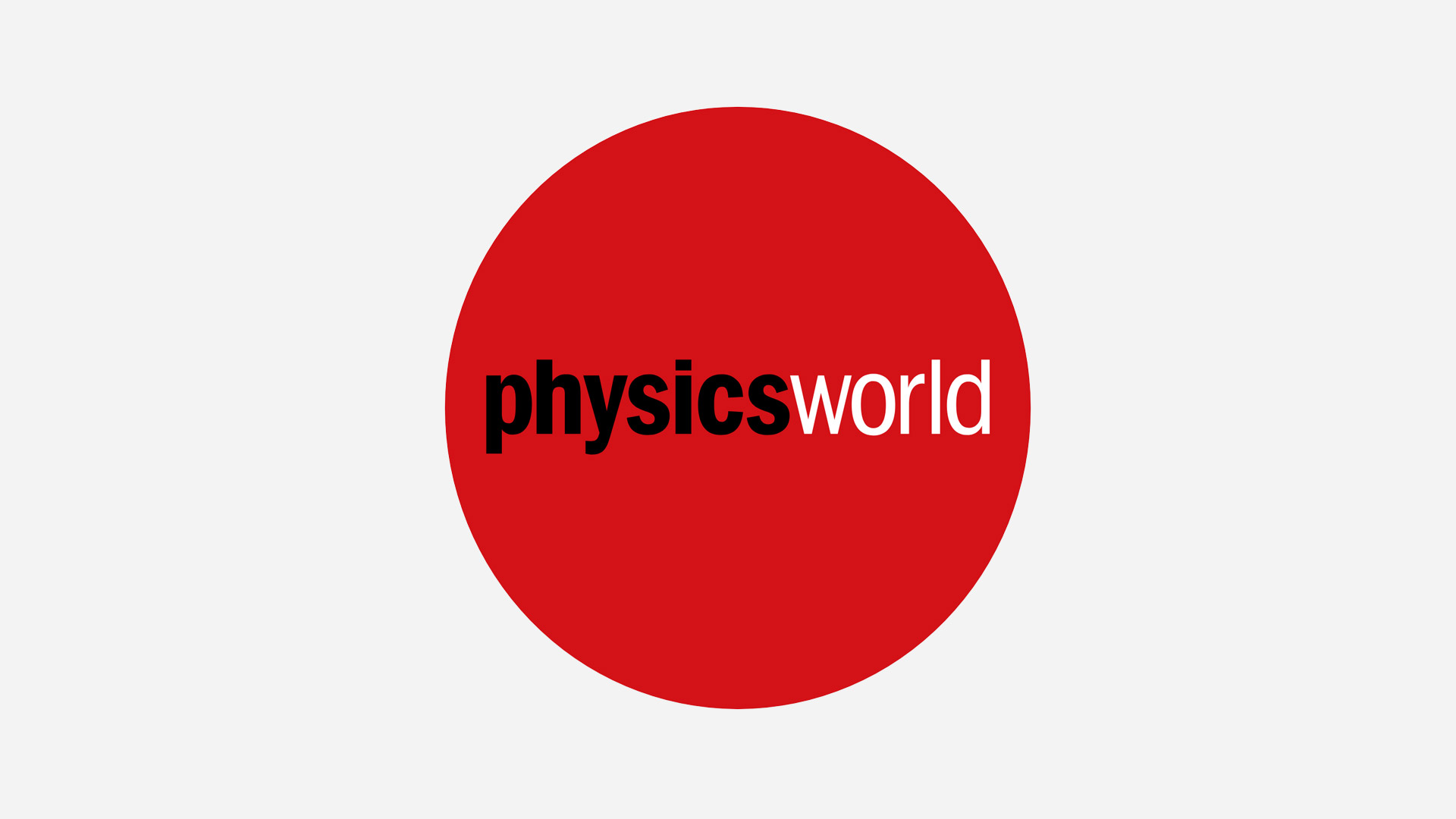Author
Array
(
[0] => linkedin
[1] => facebook
[2] => twitter
[3] => google-plus
[4] => youtube
)
Array
(
[0] => linkedin
[1] => facebook
[2] => twitter
[3] => google-plus
[4] => youtube
)
Array
(
[0] => linkedin
[1] => facebook
[2] => twitter
[3] => google-plus
[4] => youtube
)
Array
(
[0] => linkedin
[1] => facebook
[2] => twitter
[3] => google-plus
[4] => youtube
)
Array
(
[0] => linkedin
[1] => facebook
[2] => twitter
[3] => google-plus
[4] => youtube
)
No Author
Author archive

Satellites have been used to provide email access in isolated regions of the world for at least eight years. Until now, however, all such systems have relied on bulky equipment costing tens of thousands of pounds, or on commercial satellites with high usage fees. For example, the British Antarctic Survey uses IMARSAT-B, a commercial satellite, […]

The government is to give the UK’s research councils an extra £400 million for new projects and £300 million to improve the infrastructure in Britain’s universities. The Wellcome Trust, a medical research charity, is provide a further £300 million for universities. The trust will also contribute £100 million towards the construction of a third-generation synchrotron […]

Greaves and colleagues used the SCUBA instrument on the James Clerk Maxwell Telescope in Hawaii to look at the dust around Epsilon Eridani. SCUBA operates at submillimetre wavelengths, where the glare from the central star is weak. The same instrument detected dust around three nearby stars in April. “If an astronomer could have measured what […]

Scheer and colleagues used a scanning tunnelling microscope, a mechanically controlled break junction, and lithography to fabricate various simple electronic circuits. These devices measured the effect of passing a current through a single atom as they stretched the circuit to breaking point. They discovered that the current between the metal banks across the atom is […]

Deborah Chung and Shoukai Wang of the University of Buffalo in the US stumbled across this unexpected behaviour whilst researching ‘smart’ materials. These materials, usually based on carbon fibre, use the electrical resistance of the fibres to monitor the properties of structures such as bridges and buildings. Chung has been careful not to call the […]

The brilliant colours in a butterfly’s wings, for example, are not produced by pigments alone. Instead a diffraction grating – a series of microscopic grooves on the surface of the wing – creates the vivid colours. Michael Gale of CSEM Zurich, Switzerland, is investigating how to produce similar structures on credit cards and bank notes […]

The Ministry of Defence funds two research organizations: the Defence Evaluation and Research Agency (DERA) and the Atomic Weapons Establishment (AWE). The review calls on DERA, which carries out non-nuclear R&D for the military, to increase its links with the commercial sector. The role of AWE, which supports Britain’s nuclear capability, will be examined in […]

The device works by utilizing a small hydraulic ram attached on the back of a truck. When the vehicle is parked in the sample area, the ram fires a metal rod 30 m into the soil. At the top of the rod, two pulse delay lasers – one operating in the infrared, the other near […]

The move came about because the French government is frustrated at the slow pace of schemes run by the European Union, such as SOCRATES and the European credit transfer system. Allègre believes that previous attempts to harmonize education systems have not progressed much because they were too rigid. French universities are very much in favour […]

The Cambridge team studied two heavy fermion compounds: CeIn3 and CePd2Si2. Heavy fermion compounds are materials in which the conduction electrons acquire masses hundreds of times those of free electrons as a result of interactions with magnetic moments within the material. The compounds exhibit many unusual properties, including superconductivity. Under most circumstances phonons are responsible […]
Copyright © 2025 by IOP Publishing Ltd and individual contributors
